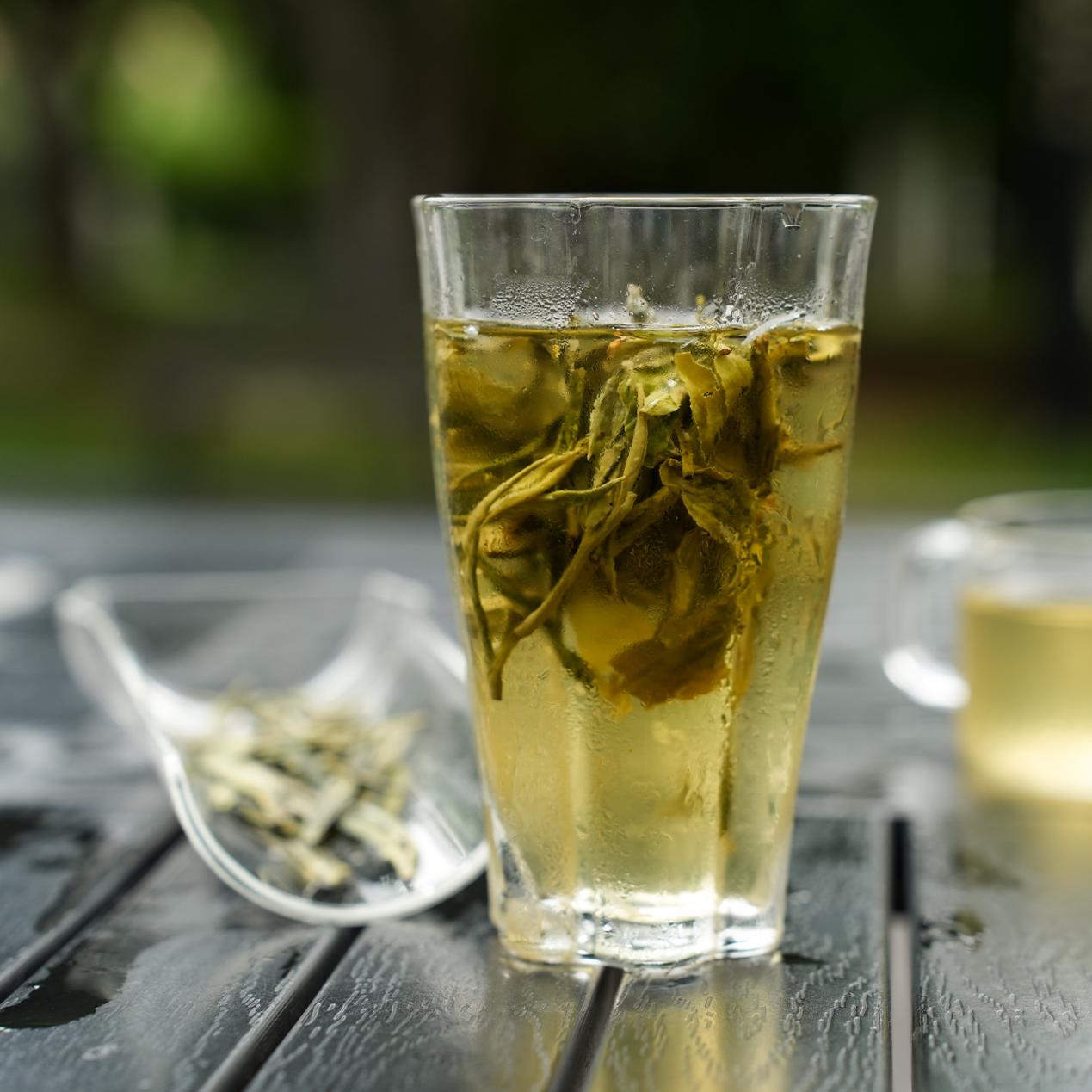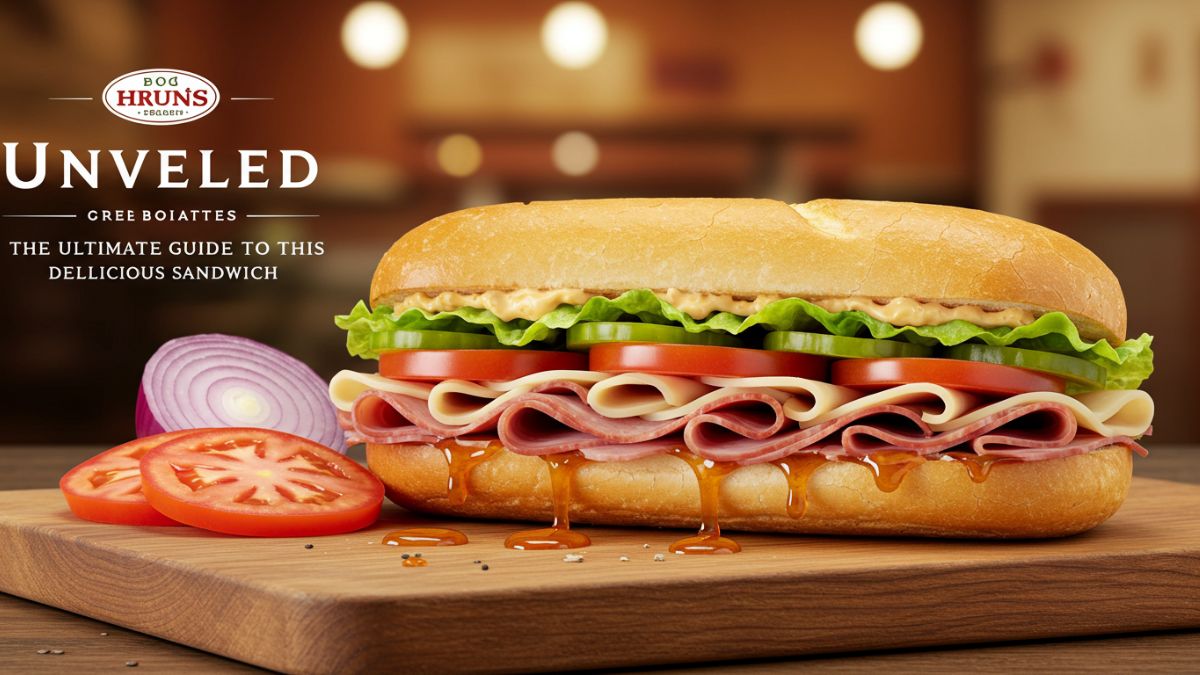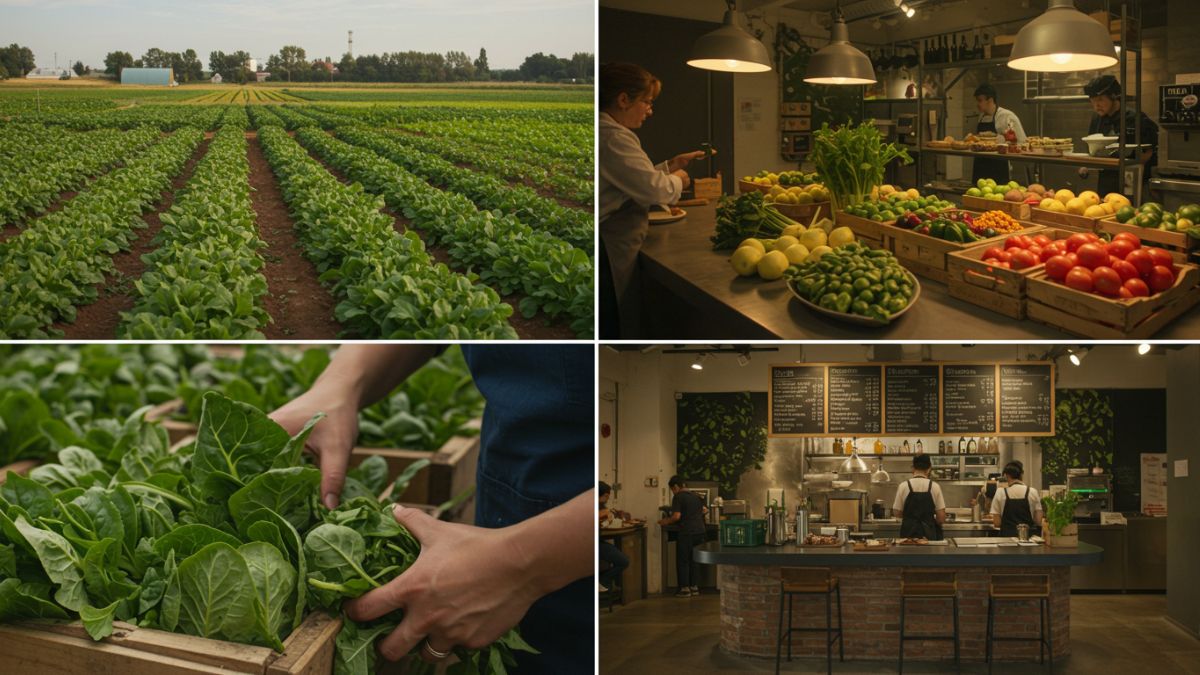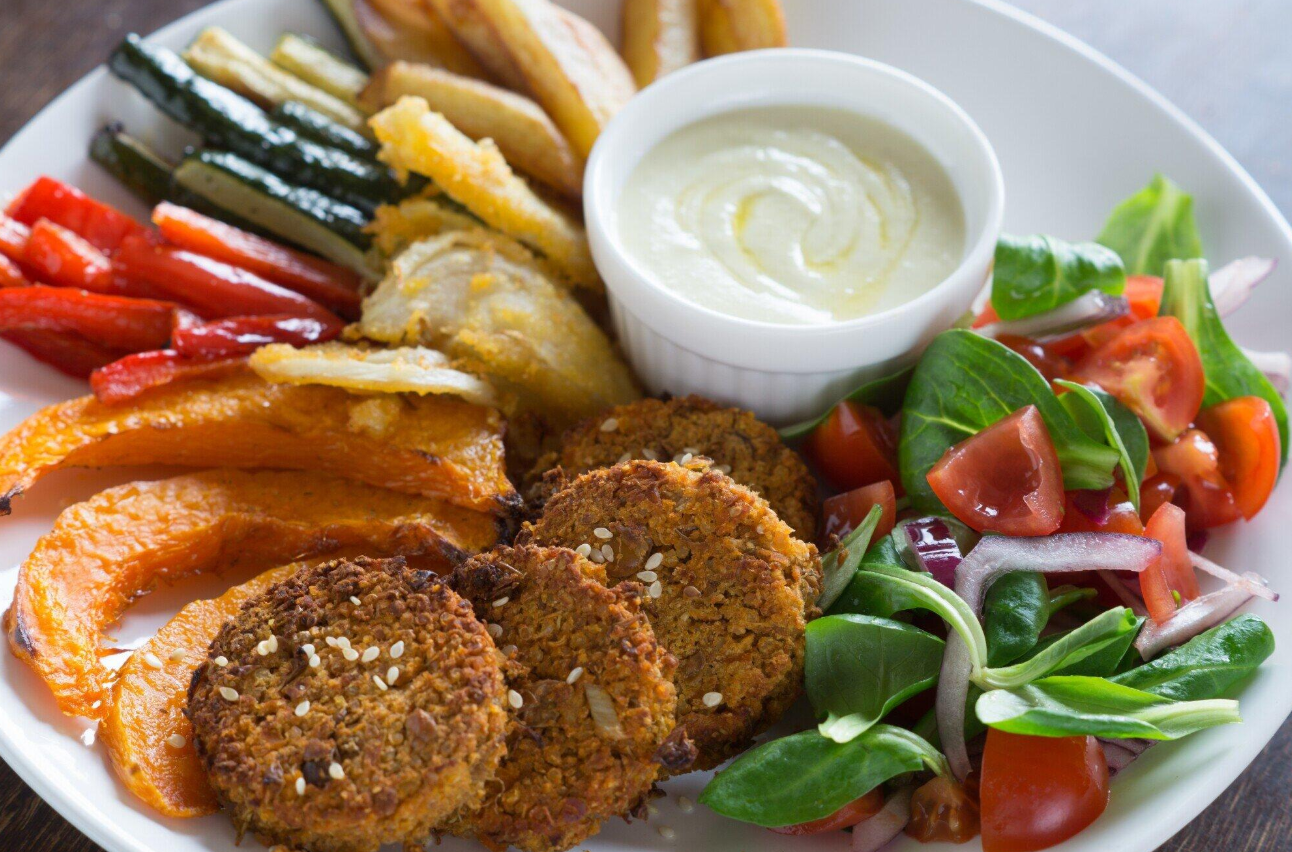Why Is Green Tea Always Bitter & Gross?
Ever brewed green tea and thought, “Why does this taste like liquid grass?” You’re not alone. Many people think green tea is naturally bitter, but that’s not the case.
The bitterness often comes from common mistakes like:
- Using water that’s too hot (80-85°C(175°F – 185°F) is the sweet spot for Chinese tea).
- Steeping the tea for too long (1-2 minutes is plenty, sometimes even just 10 seconds with high-quality tea).
- Choosing low-quality or stale tea leaves.
Chinese tea, especially premium green tea, is known for its fresh, sweet flavor—less bitter if brewed correctly. Next time, try using a thermometer to cool your water to the right temperature or invest in a reliable brand.

Are All Green Teas the Same?
Nope! Not even close.
Here’s the deal: green teas vary widely depending on where they’re from and how they’re processed.
For example:
Chinese green teas like Dragon Well (Longjing) and Biluochun offer delicate, nutty, or floral notes.
Japanese green teas like Matcha or Sencha have a grassy, umami profile, thanks to their steaming process.
Some of the best green tea varieties come from China. Each type has a unique flavor and history—like Dragon Well’s fresh bean aroma or the floral elegance of Huangshan Maofeng. Once you’ve tasted the difference, there’s no going back.
How to Brew Green Tea Like a Pro
If you’ve been drowning your tea in boiling water, it’s time for a reset. Brewing the best green tea is simple:
Water Temperature: 80-85°C(175°F – 185°F). Too hot? Let your kettle sit for a couple of minutes before pouring.
Steeping Time: Stick to 1-2 minutes. High-quality Chinese tea can steep in as little as 10 seconds for a Gongfu-style brew.
Tea-to-Water Ratio: For a 250ml cup, use about 5 grams of tea. Adjust to taste.
Glass or Gaiwan? Glass cups are super convenient for work. For a richer experience, go for a Gaiwan.
Pro Tip: Experiment with “top, middle, or bottom pour” methods depending on the tea type. For example, use the middle-pour method for most Chinese green teas to balance flavor.
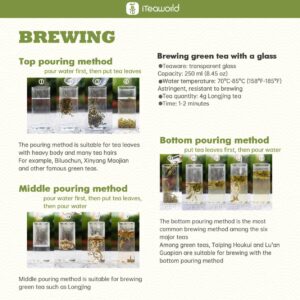
What Makes a High-Quality Green Tea?
Here’s what separates the best from the rest:
Appearance: High-quality green tea often features uniform, bright leaves. Think “one bud, one leaf.”
Aroma: Fresh, clean scents. Top-tier Chinese tea has distinct notes like chestnut, orchid, or fresh beans.
Taste: A balance of sweetness and umami, with no overpowering bitterness.
Brewing: Premium teas retain their flavor over multiple steeps.
When in doubt, go for authentic Chinese tea with certifications or a trusted brand like iTeaworld.
Popular Chinese Green Tea Types
Let’s talk about some must-try varieties:
Dragon Well (Longjing): Famous for its sweet, nutty flavor and smooth finish.
Biluochun: Floral and fruity, with tightly curled leaves.
Huangshan Maofeng: Light and fresh, with a hint of orchid.
Each tea offers a unique experience, making Chinese green tea a go-to for variety seekers.
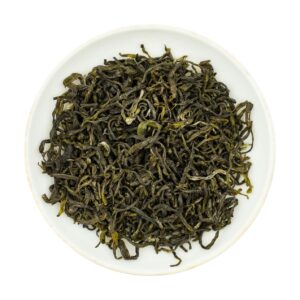
Where to Buy Good Quality Green Tea
Looking for the best green tea that doesn’t break the bank?
Online: Brands like iTeaworld specialize in authentic Chinese tea. They’ve got great deals, free shipping, and seasonal discounts.
Samples: If you’re new, try sample packs to explore different varieties without overspending.
Direct from the Source: Buying from China ensures freshness and authenticity.
What Is the Best Budget Green Tea?
Even on a budget, you don’t need to compromise on quality. Some tips:
Loose Leaf Over Teabags: You get more for your money.
Look Beyond Core Regions: Teas from areas near famous origins often taste similar but cost less.
Starter Packs: Check out iTeaworld’s budget-friendly green tea collections, like their beginner sampler or different-grade comparison packs.
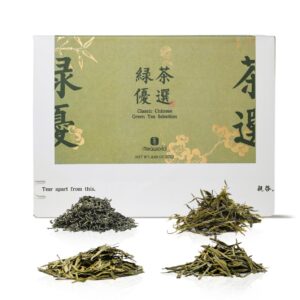
FAQs
What’s the Difference Between Chinese and Japanese Green Tea?
Chinese tea is pan-fired, resulting in a nuttier flavor. Japanese tea is steamed, giving it a grassy, umami-rich taste.
How Can I Avoid Bitter Tea?
Use cooler water (80°C/175°F) and steep for 1-2 minutes. Quality matters too—start with authentic Chinese tea.
What’s the Best Green Tea for Beginners?
Dragon Well or Huangshan Maofeng are excellent starting points for their smooth, approachable flavors.
If you’re hunting for the best green tea, authentic Chinese tea delivers unbeatable flavor and value. Explore iTeaworld for seasonal discounts and free shipping. It’s time to upgrade your tea game.







